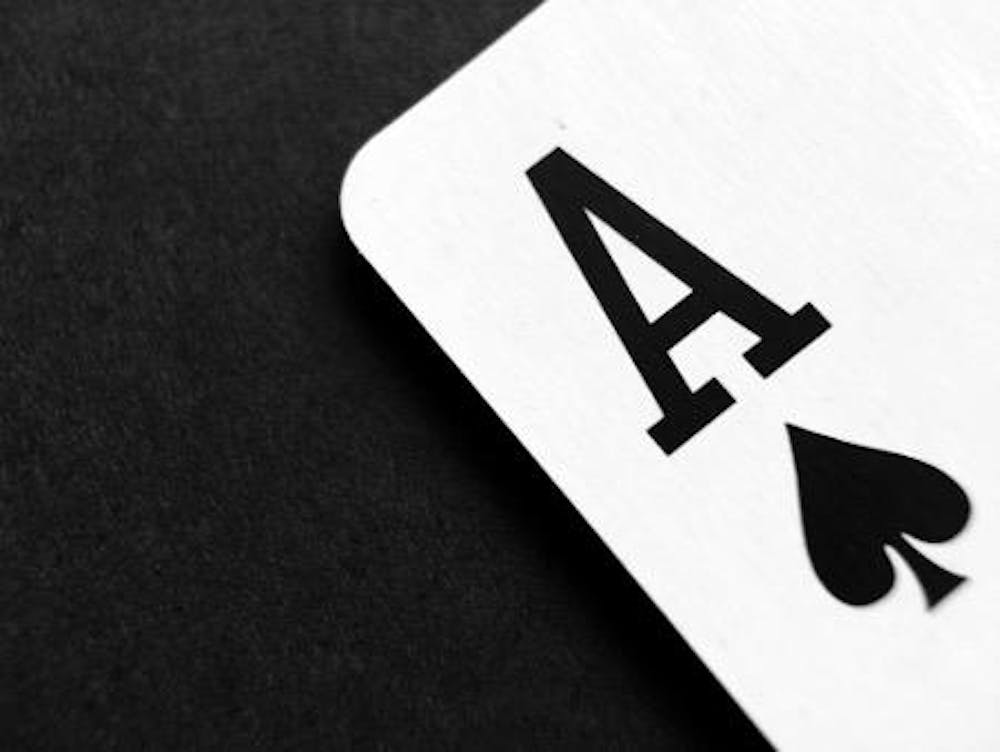In poker, bluffing is a technique used to deceive opponents into believing you have a stronger hand than you actually do. When done correctly, it can force your opponents to fold winning hands and allow you to win the pot.
However, people give away far more information than they may realise from their gestures, body language and speech during a game of poker. You can learn to interpret these ‘tells’ and learn how to avoid showing them when you are trying to bluff during gameplay.
If you are inexperienced with the game, you might want to begin learning some basic poker strategy and rules beforehand, such as ranking hands, before you start learning how to bluff effectively. Playing some online games is a great way to practice, you can use BonusFinder to find the best welcome casino bonuses currently available online.
More experienced players should learn how best to bluff and how to read other player’s signs and understand when they could be being deceived.
In this blog post, we take a deep dive into the art of bluffing. This includes different types of bluffing you might want to try, how to bluff effectively and the key benefits of using bluffing in your poker strategy.
Types of bluffing in poker
Pure bluff
A pure bluff is when a player bets or raises with a hand that has little to no chance of winning. The intention with this bluff is to win the pot outright by getting your opponents to fold first.
This is most effective against players who are tight or overly cautious.
Semi bluff
A semi bluff involves betting or raising with a drawing hand. This hand is one that is currently weak but has the potential to become strong.
One example could be when betting with a flush draw or straight draw. If opponents fold then you will win immediately, but if they call, you might still be able to complete your hand.
Continuation bet (C-Bet) bluff
This is a common bluff made after being the aggressor pre-flop. If you raise before the flop and continue to bet on the flop whether or not it helped your hand, you’re making a continuation bet.
You are trying to make up the image that you have a strong hand.
Opportunistic bluff
This is a bluff that is made due to the community cards on offer or if the dynamics of the table make it possible.
Stone cold bluff
A stone cold bluff is similar to a pure bluff, but it only tends to be used in certain high-stakes situations where the bluff carries significant risk.
This type of bluff is only really for advanced players that have a good understanding of their opponents' tendencies.
How can I bluff effectively in poker?
Get to know your opponents
One bluffing approach won’t work for everybody. If playing against tight players, frequent bluffs can be effective. But against loose, more unpredictable players, bluffing can be riskier.
It is important to understand how your opponents think.
Be consistent with your actions
Your actions throughout the hand need to seem reasonable. If you suddenly bet big without any previous signs of strength, your bluff may be called.
Pay attention to position
Bluffing from a late position is when you're one of the last to act. This is often more successful because you have more information on how others have acted.
Use the right bet size
A successful bluff needs to apply enough pressure to force a fold, while not seeming desperate. Usually, a well-sized bet is more intimidating than an all-in move.
Avoid over bluffing
Lastly, If you’re bluffing all the time then other players will likely catch on. Try to reserve bluffing for only when you are confident it will be successful.
What are some of the biggest advantages to using a bluffing strategy?
It keeps your opponents guessing
If players can never be sure when you’re bluffing, they will hesitate to challenge you. This creates even more opportunities for value betting and strong gameplay.
You could wins pots without a showdown:
• Bluffing lets you take down pots that you otherwise would not be able to win because your hand is weak or mediocre.
•Enhances your image at the table
•When you show you are capable of a successful bluff, it can cause opponents to be puzzled and play more cautiously against you.
•Builds your confidence and control when playing
•Being able to execute a bluff successfully makes you more engaged in the game and makes you more confident in your own decision making processes.
Final thoughts
Learning how to bluff can really enhance your poker playing experience, but mastering it can involve some trial and error. There are a range of techniques to try out but knowing when to use each one is key to bluffing successfully.


